Mega Science
The current era of astronomy is largely driven by different mega-science projects that aim to build new generation telescopes. The sole purpose of these projects is to enhance the existing observing capabilities of telescopes to uncover unknown facts of the observable universe. One way, that astronomers have adopted, is to build telescopes of larger size which improves the sensitivity and the angular resolution enabling us to detect much fainter objects up to much smaller scales. IUCAA is part of several such ongoing and upcoming mega projects - AstroSat, TMT, SKA, LIGO, LSST, and MALS.
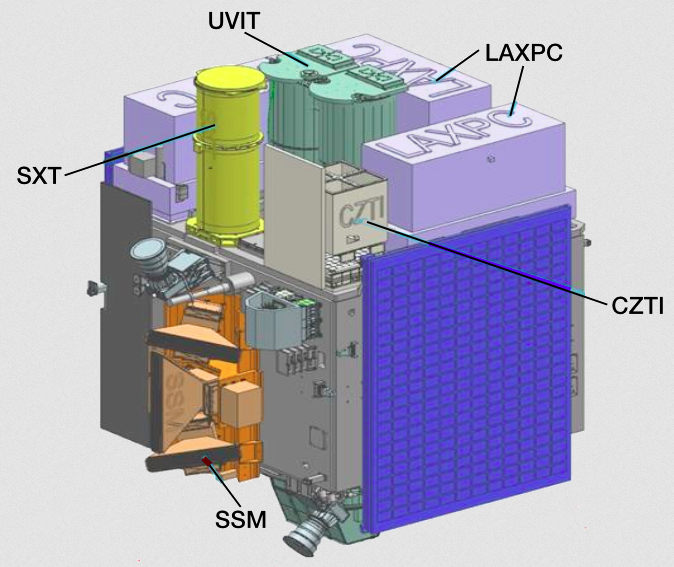
AstroSat: AstroSat is India's first multi-wavelength space observatory equipped with X-ray, UV, and optical telescopes. It is a result of collaboration between ISRO, CSA, and several Indian institutions of which IUCAA is an active part. The satellite was launched on September 28, 2015, into a 650-km, near-equatorial orbit by PSLV-C30 from Satish Dhawan Space Centre, Sriharikota. The expected operating lifetime of AstroSat was 5 years and it has now completed 6 years in the orbit. More details on the satellite including IUCAA's role since the beginning of its journey can be found http://astrosat.iucaa.in/
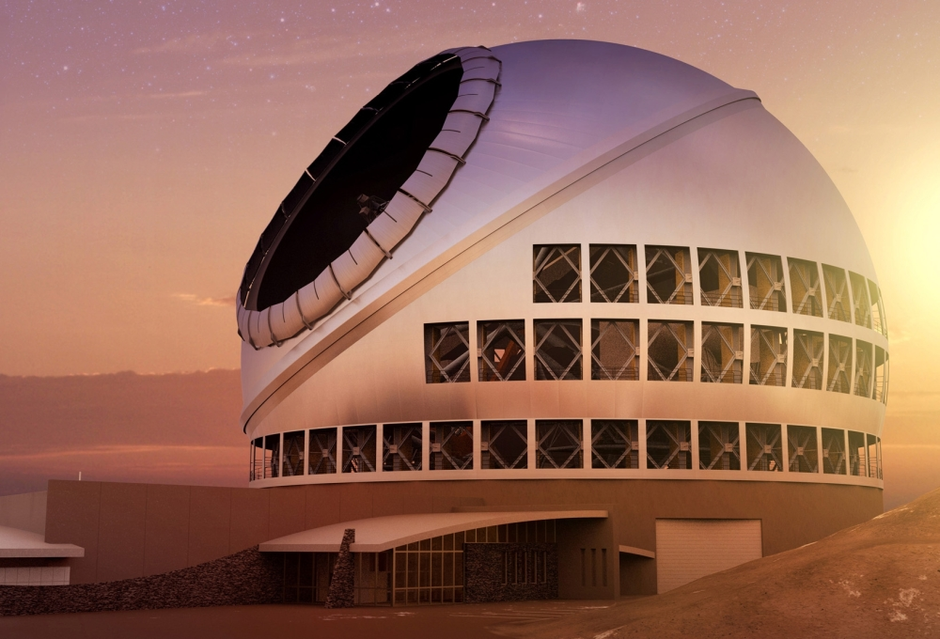
TMT (Thirty Meter Telescope) - Thirty Meter Telescope (TMT) is a new class of extremely large telescopes with a 30-meter diameter reflecting surface. The TMT is an ongoing project having international partnerships among India, the USA, Canada, Japan and China. The telescope will be located just below the summit of Mauna Kea on the Big Island of Hawaii, at an elevation of 4,050 m. The TMT project cost is approximately $ 1.4 billion of which about 10% will be funded by India (Department of Science & Technology and Department of Atomic Energy). Indian institutions including IUCAA are working to supply components of the Primary Mirror Control System (i.e., segment support assembly (SSA), actuators and Edge sensors), to design the Observatory Control Software and to generate the Infrared Guide Star Catalog. More details on TMT and India's contribution can be found at https://tmt.iiap.res.in/
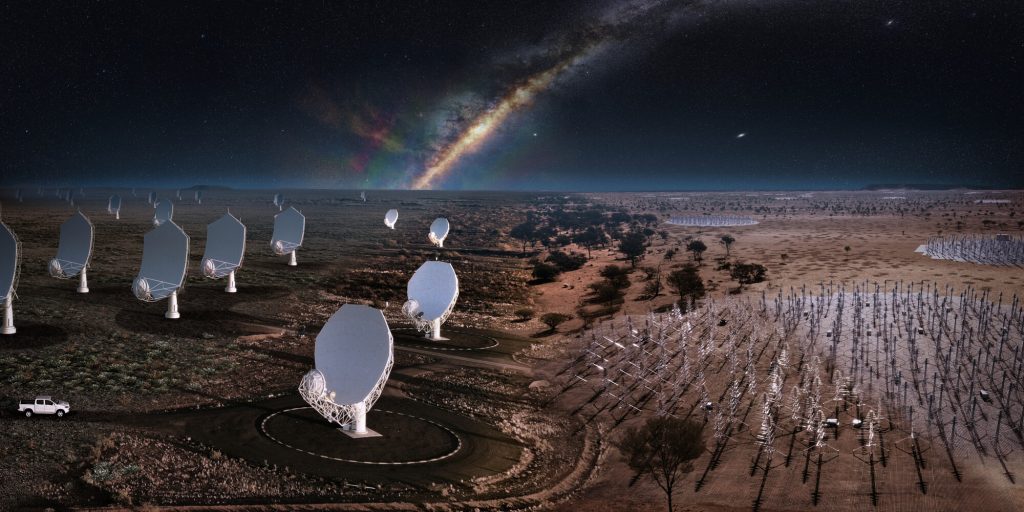 |
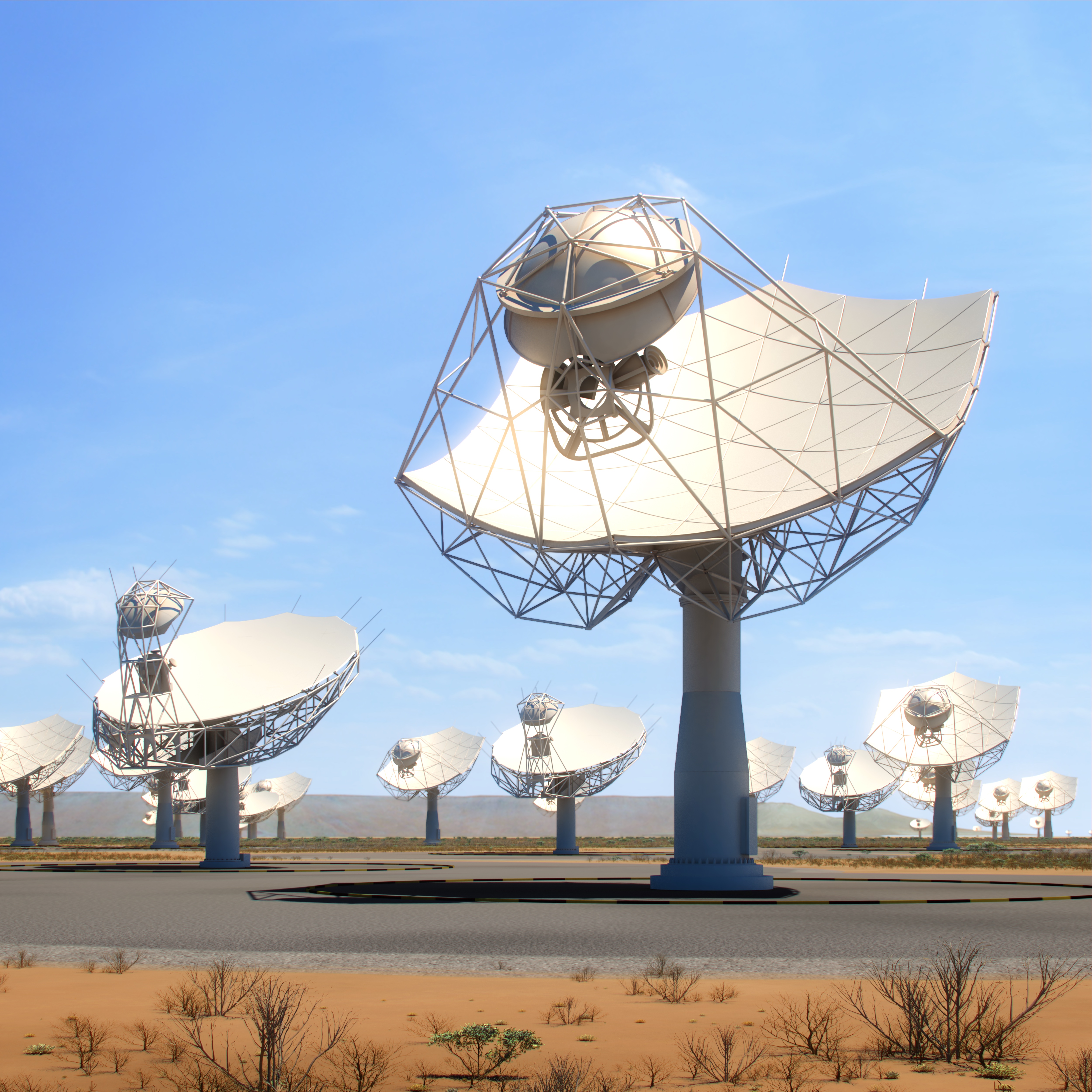 |
SKA-India - The Square Kilometre Array (SKA) is an international project to build the world’s largest radio telescope. It has two construction phases: Phase 1 (SKA1) in South Africa and Australia; and Phase 2 (SKA2) expanding into other African countries, with the Australian component also being expanded. India is one of the member countries in the SKA Organization currently involved in the design of the SKA. The SKA have varieties of science goals and applications, and will far surpass that of any existing or planned radio astronomy facility. More details on SKA and India's involvement can be found at http://www.ncra.tifr.res.in/ncra/skaindia/
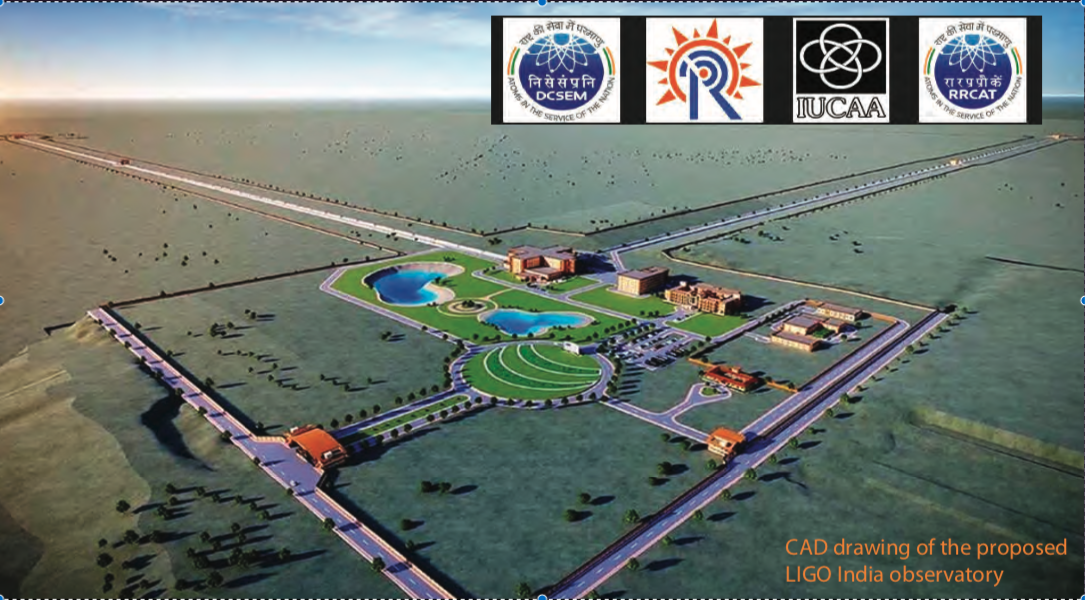
LIGO-India: LIGO-India is an Indo-US collaboration mega-science project undertaken by the Department of Atomic Energy (DAE) and the Department of Science and Technology (DST) of India and partly supported by the National Science Foundation (NSF) of the USA to build an advanced Laser Interferometer Gravitational-Wave Observatory in India. LIGO-India is proposed to be built in Hingoli, Maharashtra. Laser interferometer detectors are the most sensitive instruments to detect gravitational waves emitted from the mergers of black holes, neutron stars, supernovas, and even the Big Bang. IUCAA is one of the lead Indian institutions and is involved in Computation, HRD, EPO, data Analysis, operations and maintenance, and training and R&D.
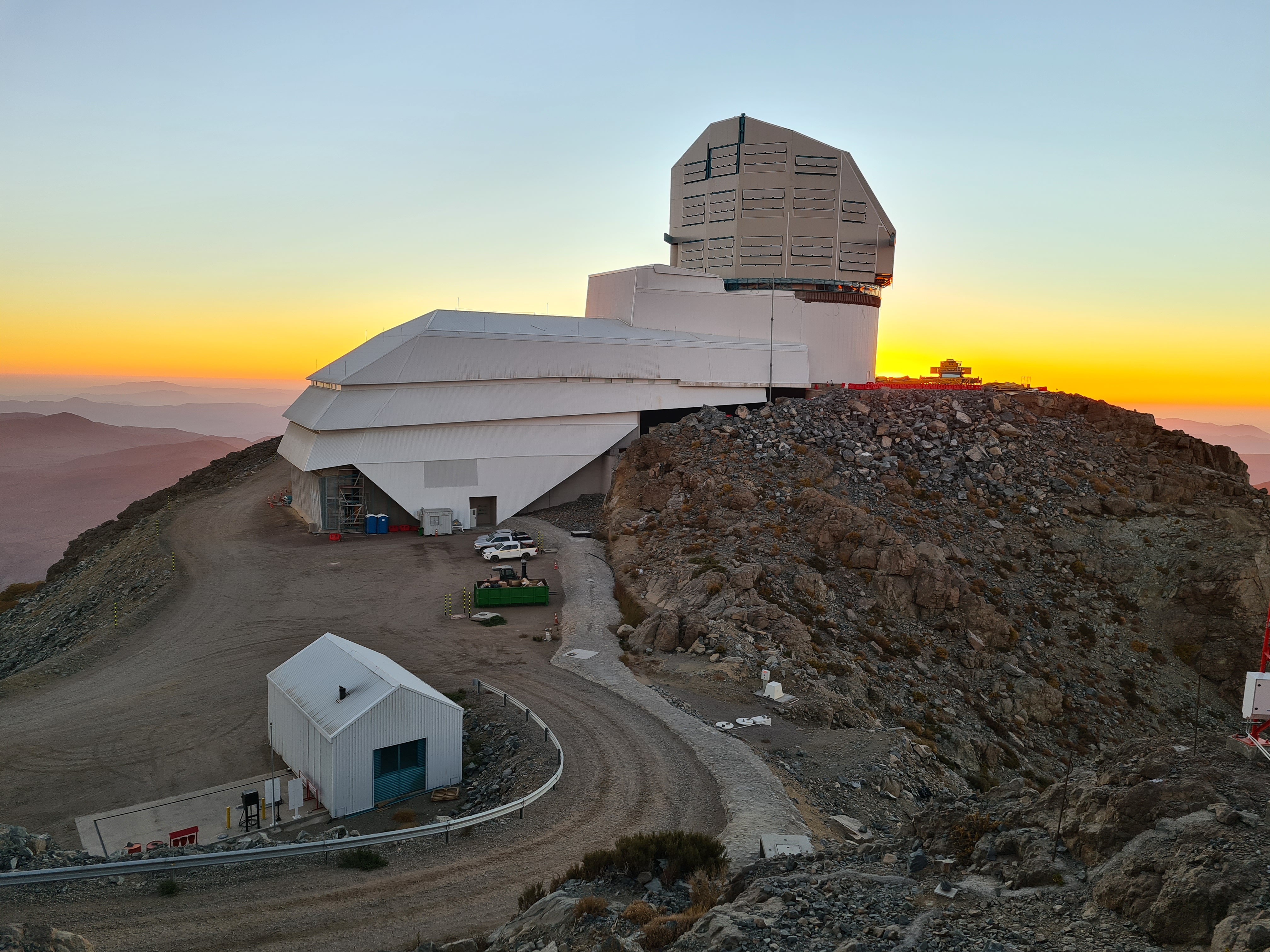 |
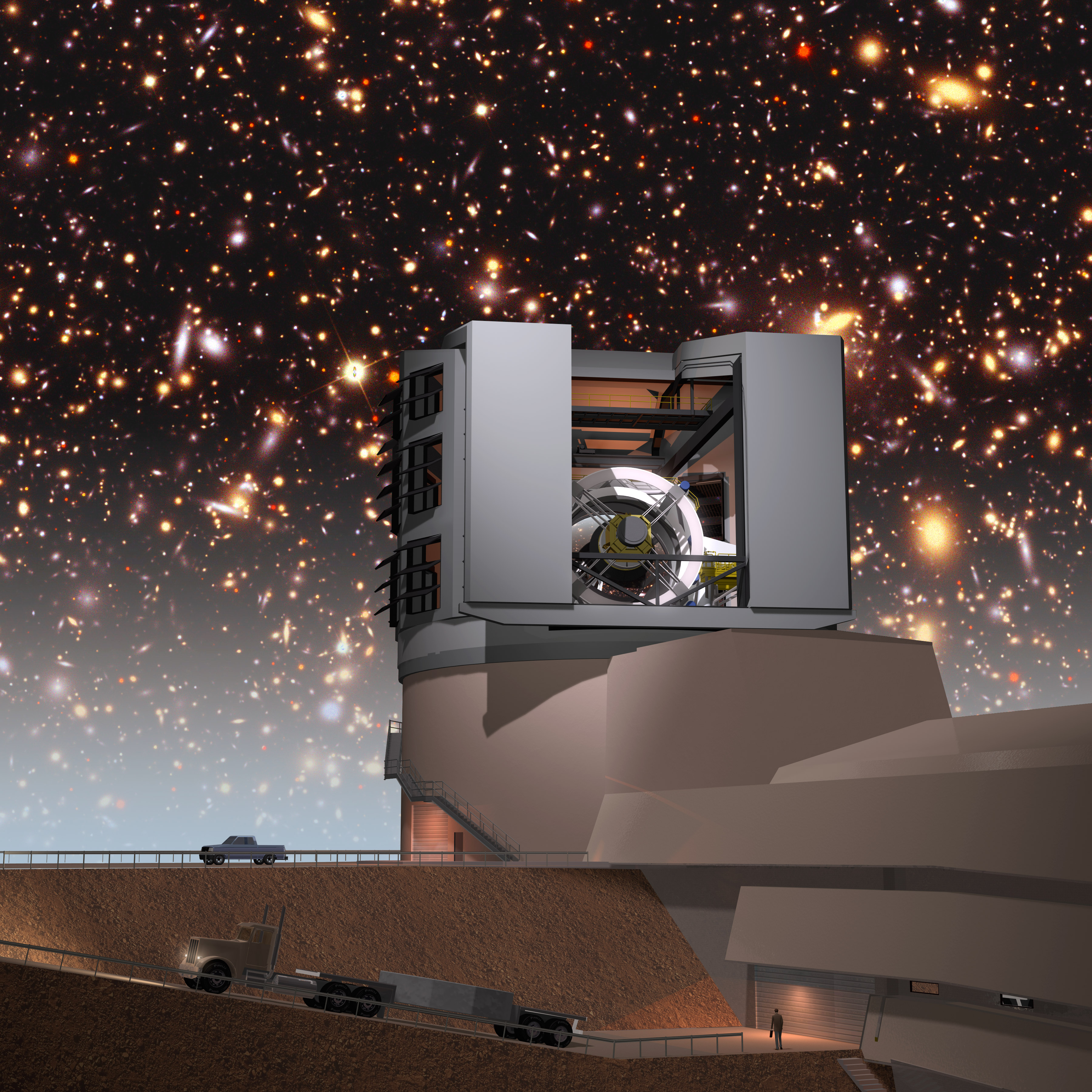 |
LSST: Legacy Survey of Space and Time, or LSST is deemed to be the largest survey of our universe. The survey will be the primary goal of the Rubin observatory. Named after American astronomer Vera Rubin, Rubin Observatory is situated on the mountaintop of Northern Chile. The observatory is expected to commence a full survey operation from the end of 2023. With the largest digital camera in the field of astronomy with 3200 megapixels and 8.4m Simonyui telescope, the entire sky will be imaged every few nights. LSST can produce images that are 40 times larger than the moon every 17 seconds. It will take just a few days to map the entire sky. In 10 years of observing, LSST will take repeated images of the entire sky. Thus, LSST can produce the largest timelapse of the universe. Scientists from IUCAA are working in collaboration with the LSST team in different aspects.
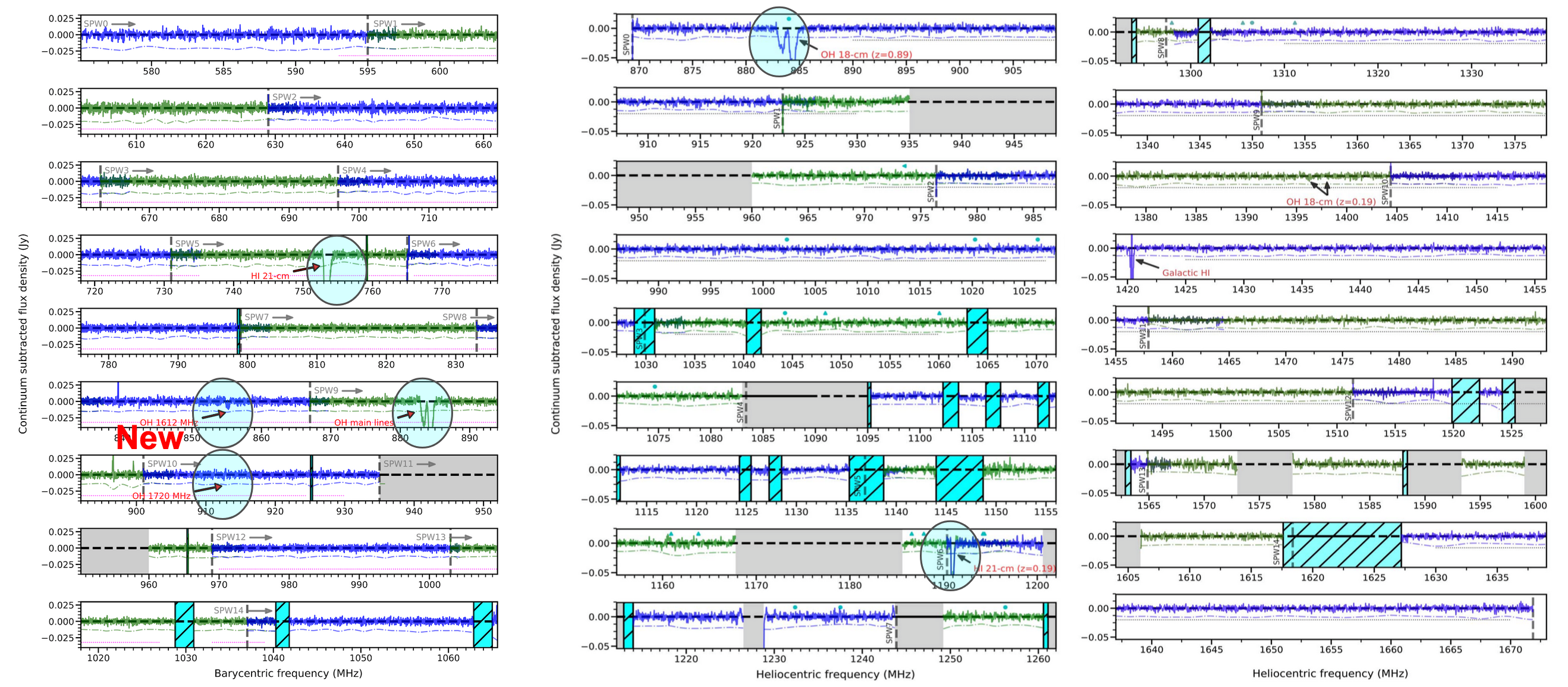 |
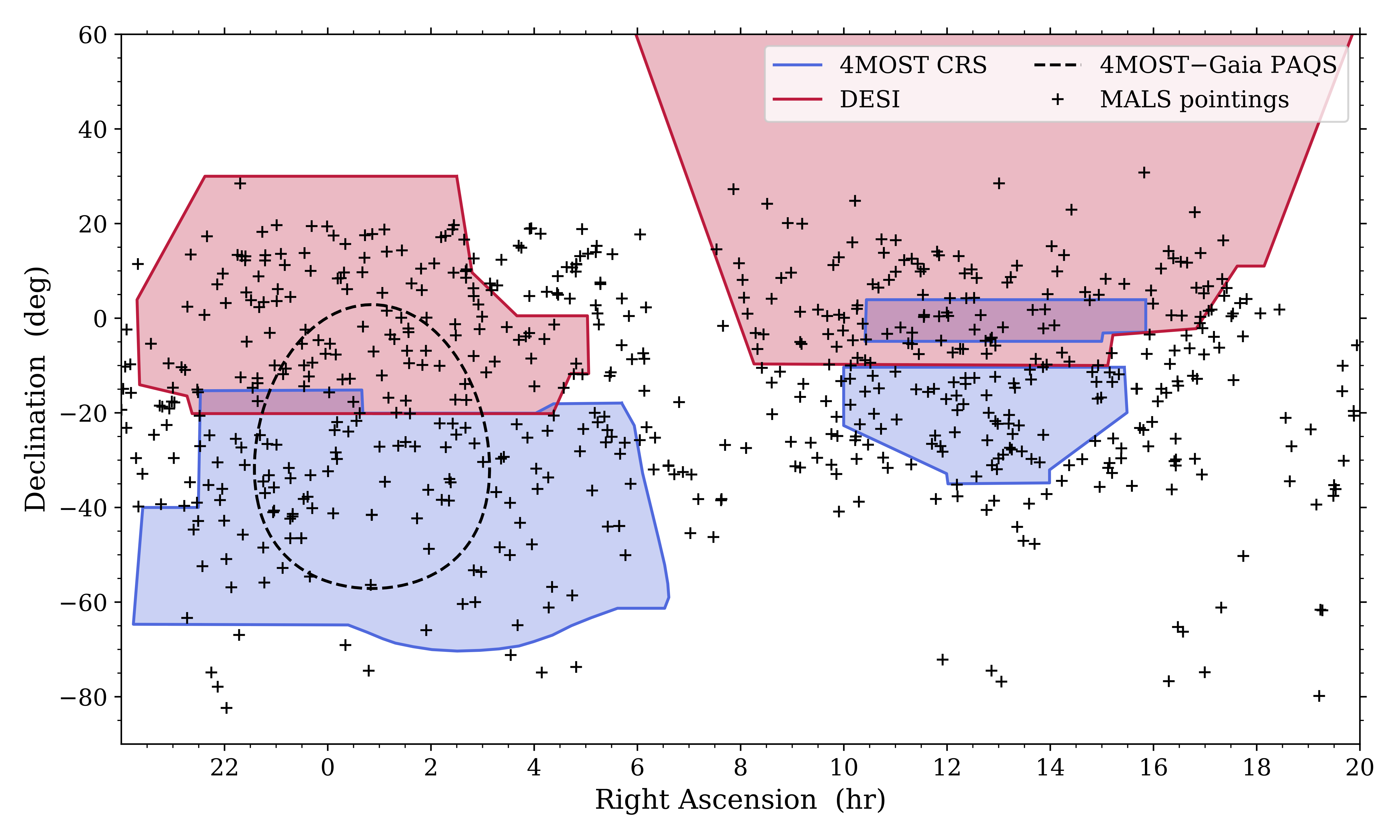 |
MALS: MeerKAT Absorption Line Survey (or simply MALS) is an ongoing large-scale project being carried out using the South-African precursor of SKA, the MeerKAT telescope. It is currently the most sensitive radio telescope in cm wavelengths, till SKA comes online. MALS is using MeerKAT’s L- and UHF-bands to probe the Cold Neutral Medium fraction of galaxies up to a redshift of 2. The survey, led by scientists from IUCAA, aims to detect several hundred HI 21-cm line absorbers. Due to the excellent sensitivity of MeerKAT, MALS will also detect ~10,000 galaxies at z<0.2 in HI 21-cm line emission and a few million sources in the radio continuum. MALS was granted ~1655 hours of MeerKAT telescope time and is expected to generate ~1.7 PB of data. At IUCAA’s VROOM cluster, an Automated Radio Telescope Imaging Pipeline (ARTIP) has been set up to seamlessly calibrate these data and then generate continuum and cube images with as little manual intervention as possible.


